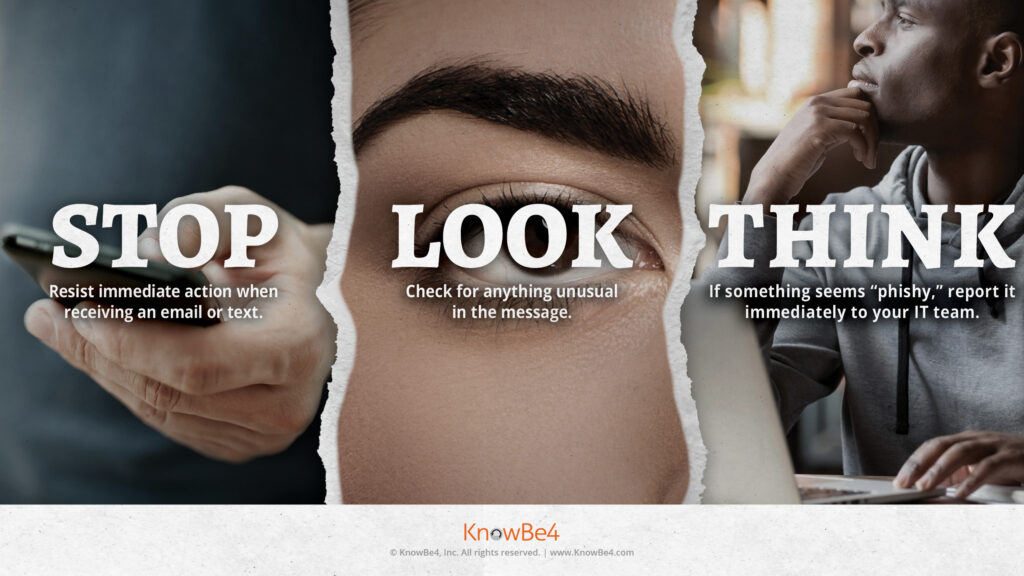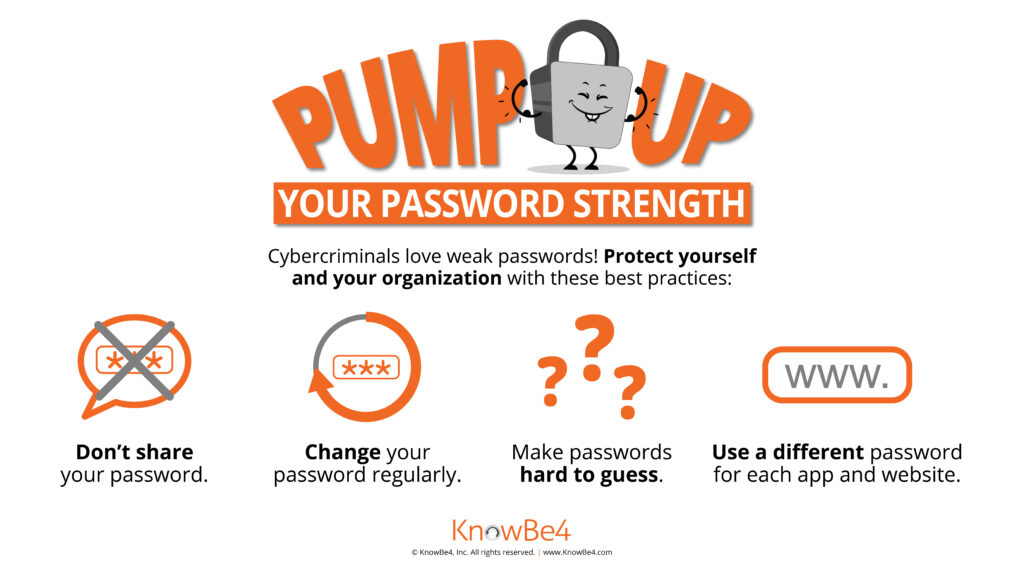
Cybersecurity Awareness
Cybersecurity Awareness Month
The month of October is designated as an annual campaign to raise awareness of cybersecurity issues and promote good cybersecurity practices at both a personal level as well at a community level.
As we become more dependent on technology, it’s more important than ever to strengthen and adopt good cybersecurity habits. Some of the key habits include the use of a strong password and a password manager, the use of Multifactor Authentication (MFA), recognizing and reporting phishing, and updating any software used.

What is Pretexting?
In this video module, Kevin Mitnick (world-renowned security consultant, public speaker, and author) and Rachel Tobac (social engineer and the CEO / Co-founder of SocialProof Security) roleplay a social engineering attack using pretexting. Pretexting is a form of social engineering where the attacker lies to obtain restricted information. Rachel demonstrates and explains how an attacker can gain information about your organization’s defenses by pretending to be a member of the tech support team and how this can lead to your organization’s network being compromised.
Everyone wants to exist in a safe, rewarding, and positive space. We often look to leaders to set a culture that meets our expectations, but we also have a vital role in creating that safe environment. By helping create a strong security culture, we can protect our organizations and homes from cyberattacks. This short video module will help you understand what security culture is, why it is important, and how you can help build one.
Security Culture and You
Don’t Be Dave!
This 90 second video shows two of the worst things you can do with your password.
You receive a link to a website in an email, but how can you be sure that it is secure? Using a KnowBe4 web address as an example, this module breaks down the different parts of the URL (Uniform Resource Locator), commonly called a link, to show how hackers can manipulate them, making slight variations of trusted websites to trick unsuspecting users. This module then describes what a user can look for to help them determine if a URL has been edited, providing best practices and tips they can follow to help keep their organization and themselves safe.
Understanding URLs
